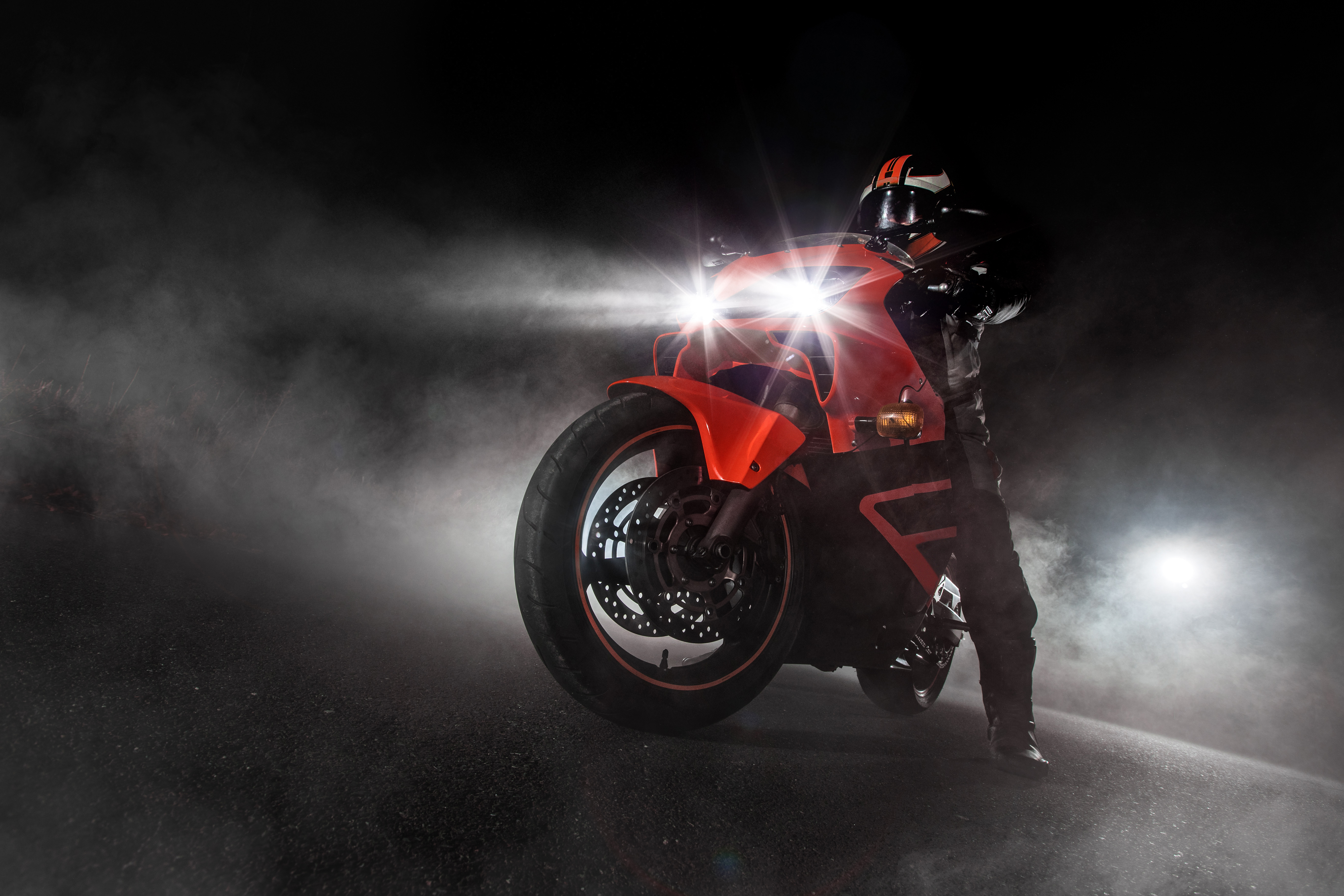Choose the Correct Motorcycle Lighting

When riding a motorcycle, proper lighting is one of the most important factors in ensuring your safety and comfort, whether you are navigating through dense city traffic or riding on dark country roads. The correct lighting not only improves your visibility but also ensures that other road users can see you clearly.
Here’s how to choose the best motorcycle lighting and what to consider to avoid common pitfalls.
Different Types of Motorcycle Lighting
Motorcycles are equipped with various types of lights, each serving a specific purpose. It is crucial to understand the function of each light:
-
Headlights: Your primary source of illumination on the road. It is essential that they provide the right brightness and beam pattern to ensure good visibility without dazzling oncoming traffic.
-
Indicators (Turn Signals): These are essential for signalling your intentions to other road users. They should be clear and visible even in daylight.
-
Brake Lights: These warn traffic behind you when you slow down or stop and must be bright enough to be seen clearly, especially in poor weather conditions.
-
Position Lights: These lights help make your motorcycle visible from different angles.
Why Proper Lighting is Important
Having functional and appropriate lighting on your motorcycle is crucial for your safety and that of others. Traffic regulations require all motorcycle lights to be in perfect working order, and it is your responsibility to ensure your bike is equipped with the correct lighting. Faulty lighting can increase the risk of accidents.
Technical Specifications – What to Consider?
When choosing motorcycle lighting, there are some key technical aspects to keep in mind:
-
Wattage: Indicates the energy consumption of the bulb. Higher wattage often means a brighter light but also places more strain on your motorcycle’s electrical system.
-
Lumen Output: Measures the actual amount of light emitted by the bulb. A higher lumen count results in a brighter light.
-
Colour Temperature: Measured in Kelvin (K), this determines the hue of the light. A lower Kelvin rating (around 3000K) produces a warmer, yellowish light, while a higher rating (around 6000K) emits a cooler, bluish light.
LED vs. Halogen – Which is Best?
One of the most common questions regarding motorcycle lighting is the choice between LED and halogen bulbs. Here are some key differences:
-
LED Bulbs: Energy-efficient, longer lifespan, and produce bright, clear light. While they may have a higher initial cost, they are often more cost-effective in the long run.
-
Halogen Bulbs: More affordable and produce a warmer light but consume more energy and have a shorter lifespan.
Your choice will depend on your preferences and budget, but LED is generally considered a more modern and sustainable option.
Common Mistakes to Avoid
When it comes to motorcycle lighting, there are several common mistakes that riders should avoid:
-
Using the Wrong Light for the Right Situation: Ensure you use the appropriate type of light for each situation. A powerful auxiliary light may be useful on country roads but unsuitable for city traffic.
-
Poor Installation: Incorrect installation can cause lights to malfunction or, even worse, fail completely.
-
Overly Bright Lights: While it may be tempting to opt for the brightest bulb, overly intense lighting can blind other road users and create hazardous situations.
Regardless of whether you choose LED or halogen motorcycle lighting, make sure it is installed correctly to provide you with the best possible experience on the road.













